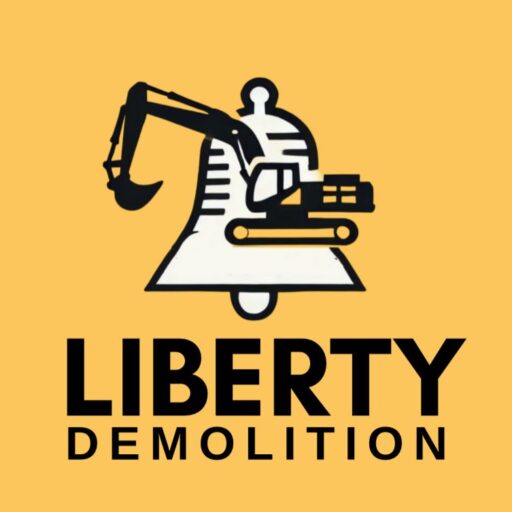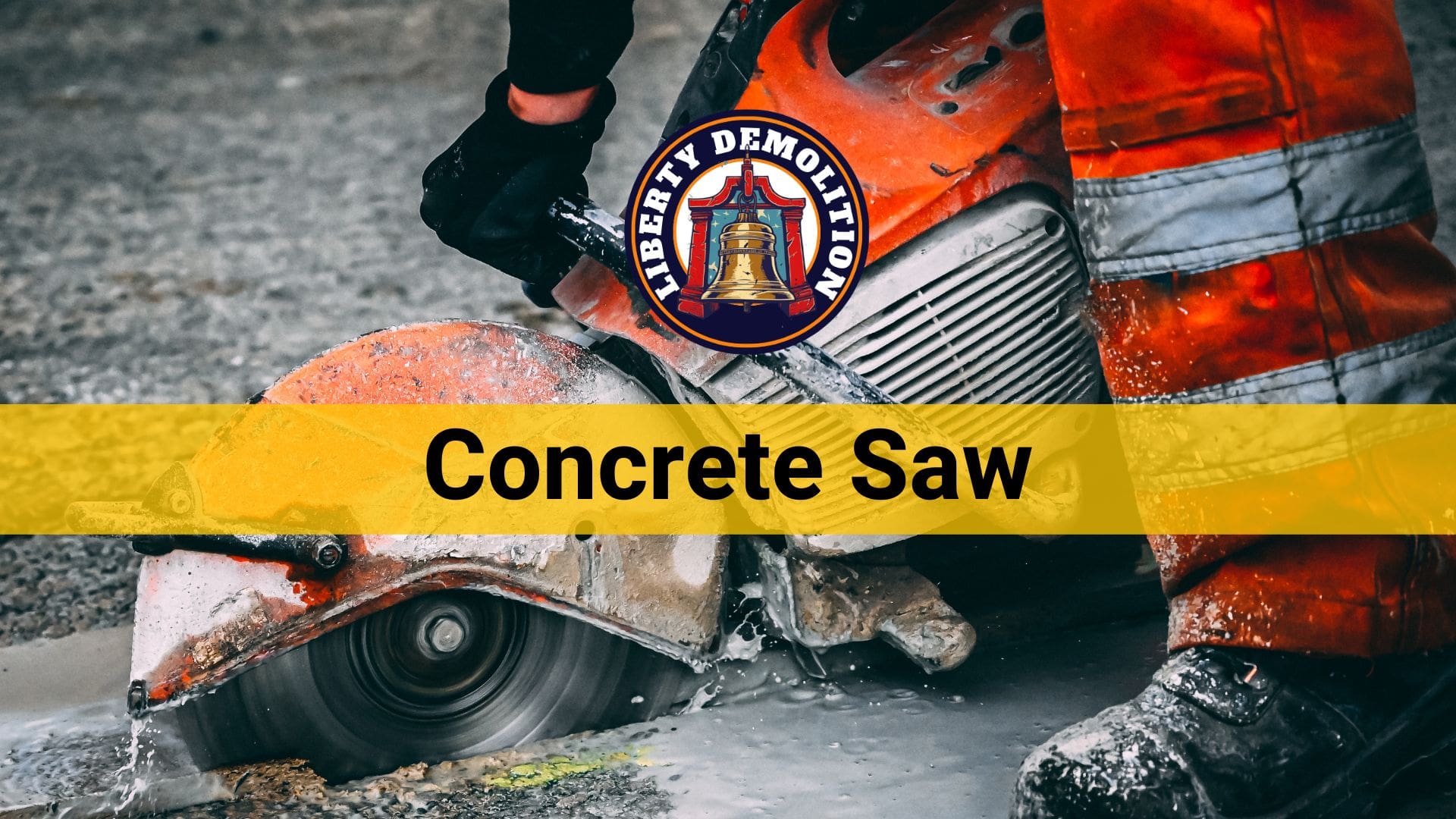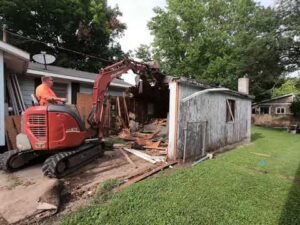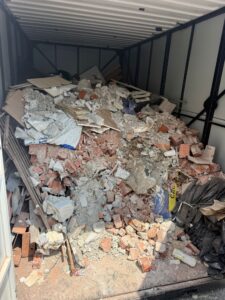A concrete saw is a power tool used for cutting concrete, masonry, brick, asphalt, and other solid materials. It’s designed with special blades to handle the hardness and density of such materials.
Curious about how it works and why it’s important in construction? Read on.
What Is a Concrete Saw?
A concrete saw, often known as a road or pavement saw, is a powerful tool specifically designed to slice through solid and often tough materials like concrete, brick, and asphalt. It’s not like your every day saw. The power and precision it offers come from its specialized construction and its particular blade, which we’ll touch on later.
What Makes the Concrete Saw Essential?
- Toughness: Regular saws aren’t designed to cut through dense materials like concrete. The blades would wear out quickly, and there’s a risk of breaking or damaging the tool. A concrete saw has the toughness to slice through these hard surfaces without much wear and tear.
- Precision: A concrete saw allows for precise cuts that ensure the project progresses smoothly without unnecessary setbacks.
- Speed: With a concrete saw, cutting through hard materials is faster, ensuring timely project completion.
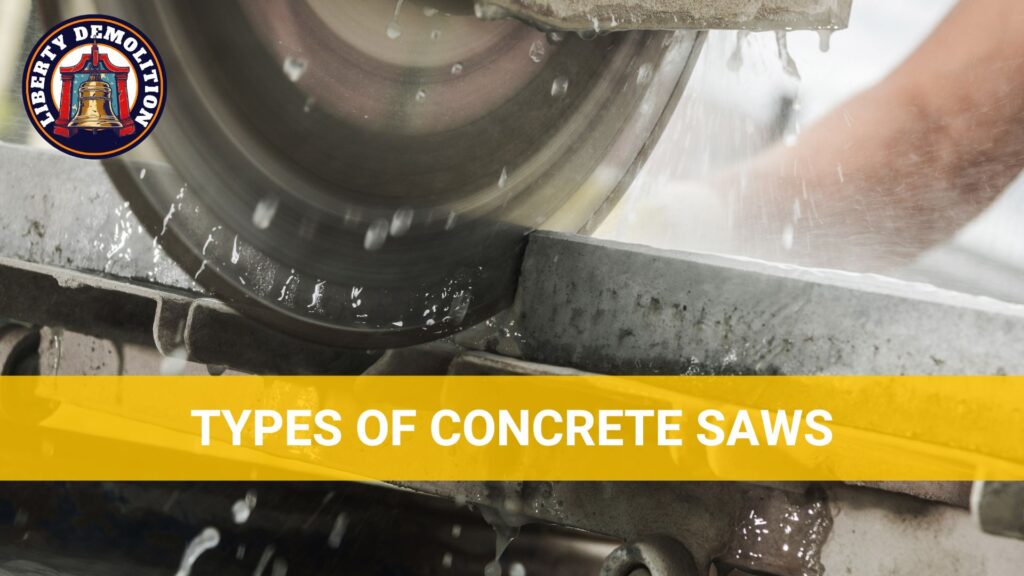
Types of Concrete Saws
Each type has its unique features, advantages, and usage.
Hand-held Saws
As the name suggests, hand-held concrete saws are portable and are manually operated by holding them in one’s hands. They are compact and lightweight compared to their larger counterparts.
Key Features:
- Portability: Hand-held saws are designed for quick setup and can be easily transported from one location to another.
- Flexibility: Their compact size allows them to be used in tighter spaces.
- Power Source: These saws can be powered by electricity, gas, or even hydraulics.
Where to Use:
- Quick Repairs: Due to their portability, hand-held saws are excellent for quick fixes and repairs, especially in areas hard to reach with larger equipment.
- Small Projects: For smaller construction tasks or home projects, the hand-held saw can be a more economical and practical choice.
Walk-behind Saws
Walk-behind concrete saws are larger tools that a user pushes or walks behind. They are designed for more extensive and deeper cuts.
Key Features:
- Deep Cutting: These saws can cut more precisely than hand-held variants, which allows them to handle thicker slabs of concrete or asphalt.
- Stability: With their weight and design, walk-behind saws offer greater stability, which results in straighter and more accurate cuts.
- Power Source: Like hand-held saws, walk-behind saws can be powered by electricity, gas, or hydraulics. However, due to their size, they typically require more power to operate efficiently.
Where to Use:
- Large Construction Projects: This is a good choice when dealing with extensive areas of concrete or deeper cuts.
- Roadwork: This type of saw is invaluable for tasks like road repair or laying down utility lines due to its depth and precision.
- Long Continuous Cuts: It also makes the perfect choice for a project that requires long, uninterrupted cuts due to its stability and power.
Chain Saws for Concrete
Concrete chain saws are specialized tools that resemble traditional wood chainsaws but are engineered specifically for cutting through concrete, masonry, and other robust materials. Instead of the usual teeth found on wood chainsaws, these tools use diamond-embedded chains.
Key Features:
- Deep Cuts: One advantage of concrete chain saws is their ability to achieve deep cuts, often deeper than standard ring or cut-off saws.
- Precision: The design allows for more intricate and precise cuts, especially when working on corners or trying to avoid overcutting.
- Versatility: With their capability to maneuver in tighter spaces, they’re ideal for tasks that demand a blend of depth and precision, like creating openings in walls.
- Cooling Systems: Most concrete chain saws have a built-in water system, which serves dual purposes: cooling the chain and reducing dust during operation.
Where to Use:
- Utility Work: Especially when precision is needed, such as creating openings for windows or doors in concrete walls.
- Plumbing and Electrical Jobs: When precise openings are required in concrete structures for utilities.
- Historical Renovations: When trying to preserve as much of the existing structure as possible, the precision of a chain saw can be invaluable.
Wire Saws
Wire saws are advanced concrete cutting tools that use a metal wire or cable embedded with diamond beads. They can make intricate and large cuts, and the wire is often cooled with water during the cutting process to reduce wear and tear.
Key Features:
- Large Cuts: Wire saws can handle massive concrete structures, which makes them ideal for big demolition tasks.
- Flexibility: Since they don’t rely on rigid blades, wire saws can cut complex shapes and angles that might be challenging for other saw types.
- Reduced Vibration: The nature of wire cutting leads to reduced vibration, which can be a plus for operators and can lead to cleaner cuts.
- Cooling Systems: Just like chain saws, most wire saws come with a water-cooling system, both to cool the wire and to control dust.
Where to Use:
- Bridge Demolitions: When sections of a bridge need to be removed with precision.
- Large Concrete Structures: For controlled demolition of big concrete buildings or foundations.
- Underwater Cutting: Their design and cooling systems make them suitable for submerged cutting tasks.
How to Choose the Right Concrete Saw
Selecting the right concrete saw is crucial for achieving optimal results, minimizing costs, and ensuring safety on the job site. The decision can impact the project’s speed, the quality of the cut, and even the longevity of the tool.
Factors to Consider
Power Source:
- Electricity: Ideal for indoor tasks due to the absence of exhaust emissions. They also tend to be quieter.
- Gasoline: Preferred for outdoor projects, these saws are portable and often more powerful, suitable for heavy-duty tasks.
- Hydraulics: These are powerful and can be quieter than gasoline-powered saws. They’re commonly used in industrial applications.
- Pneumatics (Air): Suited for environments where electricity or gasoline might be hazardous, such as underwater or in mines.
Blade Type
- Diamond Blades: Ideal for reinforced concrete, masonry, brick, and other hard materials. They offer fast, precise cuts and have a longer lifespan.
- Abrasives: Suited for softer materials, though they wear out faster than diamond blades.
Depth of Cut
Consider the maximum depth a saw can achieve. Walk-behind saws generally offer deeper cuts than hand-held variants.
Other Factors
- Portability: If the job requires moving the saw between multiple sites or within a large site, then factors like weight, size, and ease of transport become crucial.
- Ergonomics: For projects requiring prolonged use, a saw that’s comfortable to hold, reduces vibrations, and has user-friendly controls can reduce fatigue and improve efficiency.
- Safety Features: Look for features like blade guards, dust control systems, and safety switches.
- Budget: Higher-end models offer more features and durability but come at a higher cost. It’s essential to strike a balance between budget and requirements.
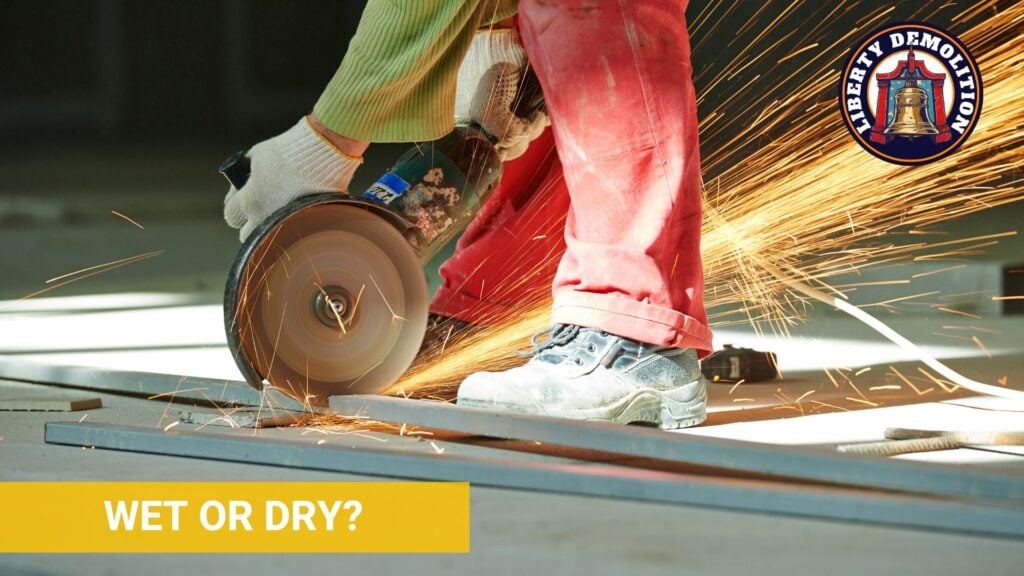
Deciding between Wet and Dry Cutting
Wet Cutting:
Pros:
- Water cools the blade, reducing wear and extending its lifespan.
- Wet cutting suppresses dust, reducing health hazards and providing a cleaner work environment.
- The cooling effect can lead to cleaner, more precise cuts.
Cons:
- Requires a consistent water source.
- Can create a slurry, which might need cleanup.
- Might not be suitable for indoor projects or areas where water disposal is a concern.
Dry Cutting:
Pros:
- No need for a water source, making it ideal for quick or remote tasks.
- Convenient to use.
Cons:
- Blades heat up faster and might require periodic cooling breaks.
- Dust production is higher, which can be a health hazard.

Maintenance and Care
To ensure the saw operates efficiently and lasts a long time, proper maintenance and care are important.
Cleaning and Storage Tips:
Regular Cleaning:
- Blade: After each use, remove the blade and clean it with a brush to get rid of accumulated debris and dust. For stubborn residues, you can use a gentle detergent and water, but ensure you dry the blade thoroughly afterward.
- Air Filter: If your saw has an air filter, check and clean it regularly. A clogged air filter can reduce your saw’s efficiency and even cause it to overheat.
- Exhaust Port and Cooling System: Ensure these areas are clear of obstructions to maintain optimal airflow and cooling.
Inspect the Saw:
Always inspect your saw before use. Look for signs of wear and tear, especially on the blade, belts, and other moving parts. Replace any damaged or worn-out components promptly.
Lubrication:
Moving parts, such as the blade shaft, should be lubricated regularly to ensure smooth operation and reduce wear. Always use the recommended lubricant for your particular saw model.
Storage:
- Always store your concrete saw in a dry place to prevent rusting and corrosion.
- Prolonged exposure to direct sunlight can cause certain parts to deteriorate, especially if they’re made of rubber or plastic.
- Use a cover or a carrying case, especially for handheld models, to protect the saw from dust and physical damage.
- If possible, store walk-behind saws upright to minimize the space they take up and ensure no undue pressure is placed on any part of the saw.
Battery Care (for electric models):
Make sure to charge the batteries fully before storing. If the saw won’t be used for an extended period, remove the batteries and store them separately in a cool, dry place.
Fuel Consideration (for gasoline models):
If you don’t plan to use the saw for a while, empty the fuel tank or add a stabilizer to the fuel. Stale fuel can lead to starting problems and can even damage the engine.
Regular Blade Replacements
Concrete saw blades undergo significant stress during operations. Over time, even the most durable blades will wear out. Regularly replacing or sharpening blades is crucial to maintain peak performance, ensure safety, and achieve precise cuts.
Engine and Motor Maintenance for Longevity
Maintaining the engine (for gasoline-powered saws) or motor (for electric saws) is crucial to ensure the longevity and efficient performance of your concrete saw.
Gasoline Engine Maintenance:
- Check and change the oil at intervals recommended by the manufacturer. Clean, fresh oil ensures the engine runs smoothly and reduces wear.
- Clean the air filter regularly. A clogged filter can choke the engine, which reduces performance and increases fuel consumption. Replace filters that show signs of excessive wear.
- Inspect and clean the spark plug. Replace it if corroded or worn out. A healthy spark plug ensures optimal combustion.
- Use fresh gasoline, and don’t let it sit in the tank for extended periods. If storing, consider using a fuel stabilizer.
- Ensure that the engine’s cooling fins and other cooling components are clean and free from debris to prevent overheating.
Electric Motor Maintenance:
- Check for signs of wear, fraying, or damage. Damaged cords can pose a safety hazard and affect performance.
- Over time, the carbon brushes in some motors wear down. Inspect them periodically and replace them when worn.
- Ensure that the motor’s vents are clean and free from obstructions. Overheating can reduce motor lifespan and efficiency.
- Depending on the model, the motor bearings may require periodic lubrication to reduce wear and ensure smooth operation.
- Always operate the saw within its rated capacity to prevent the motor from straining or overheating.
Are You Ready to Make the Cut? ✂️
Concrete cutting, an essential task in the construction and demolition world, brings with it its set of challenges and complications. Expertise, care, and the right tools can make all the difference when performing the task.
If you think your project is better left to the pros, Liberty Demolition has professional demolition contractors in Philadelphia always ready to accept any construction challenges. We don’t just offer demolition services; we provide an experience rooted in our commitment to safety, environmental responsibility, and utmost customer satisfaction. Whether it’s residential, commercial, industrial, or selective demolition, our team ensures every task aligns with eco-friendly solutions, efficient waste management, and recycling practices.
Choose Liberty Demolition for a seamless, responsible, and quality-driven solution to all your demolition needs. Let us be a part of your next project and witness the combination of expertise and values in action. Contact Liberty Demolition today.
